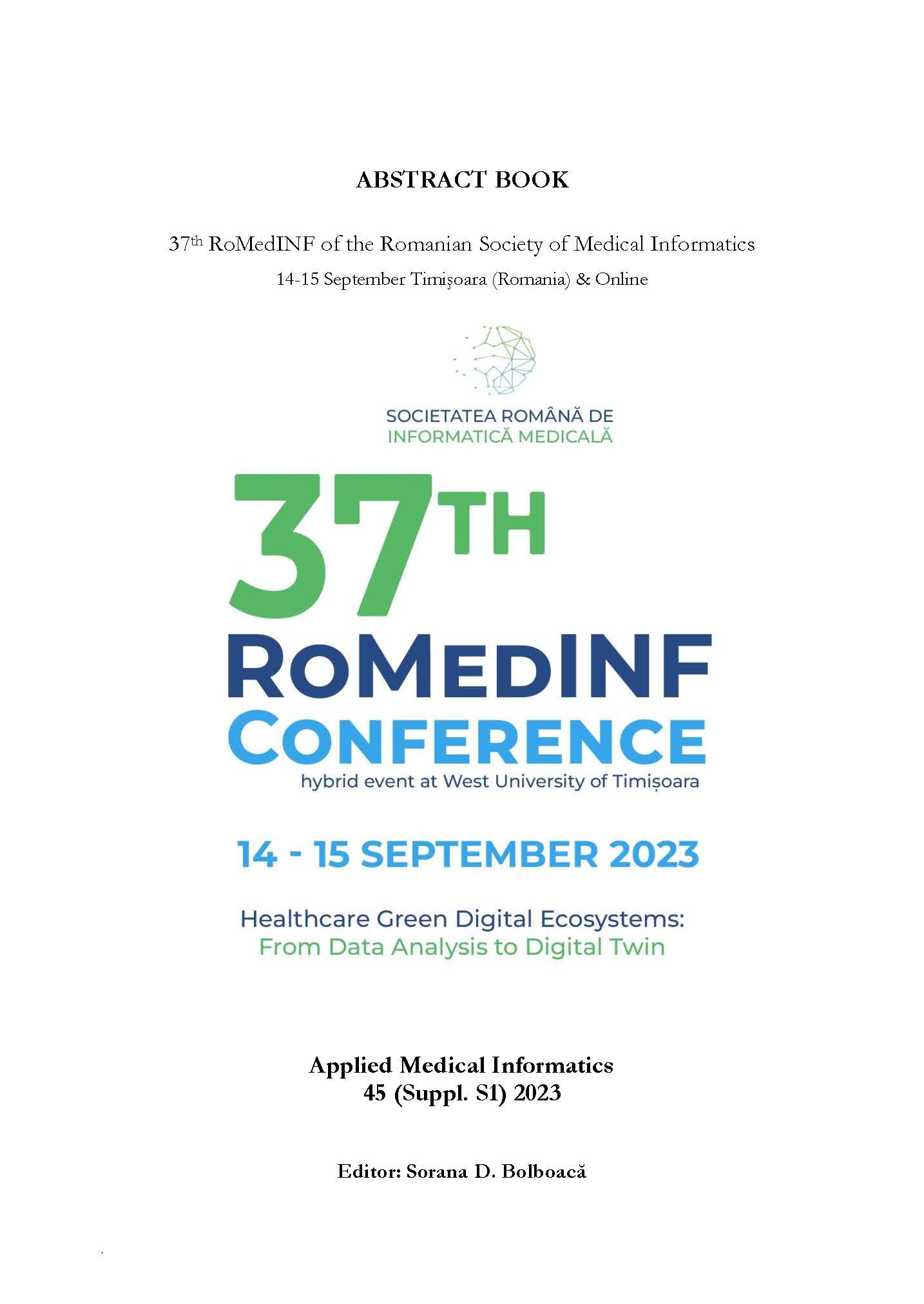Recent Developments in Breast Cancer Imaging
Keywords:
Breast Tumor, Medical Statistics, Data Analysis, Clinical CorrelationsAbstract
Purpose: Breast cancer stands as a primary contributor to cancer-related fatalities among women globally, underscoring the significance of early detection for better prognosis. Innovative imaging methods and biochemical indicators have emerged to augment the diagnosis of breast cancer; however, a systematic assessment of their clinical effectiveness and performance is imperative. Materials and Methods: It was conducted a comprehensive literature review by systematically searching PubMed and Scopus databases. Was included pertinent publications from the period spanning 2010 to 2022. The search terms employed were "breast cancer," "diagnosis," "imaging modalities," and "biomarkers”. Results: Emerging imaging methods such as contrast-enhanced spectral mammography (CESM), diffusion-weighted magnetic resonance imaging (DW-MRI), and positron emission tomography-computed tomography (PET-CT) have exhibited promising outcomes in the realm of breast cancer diagnosis. CESM amalgamates the benefits of mammography and contrast-enhanced MRI, delivering heightened sensitivity and specificity. DW-MRI is a non-intrusive approach adept at identifying alterations in the diffusion characteristics of malignant tissues. PET-CT furnishes valuable functional insights into tumor metabolism and angiogenesis. Regarding biochemical markers, including carbohydrate antigen 15-3 (CA 15-3), carcinoembryonic antigen (CEA), and cancer antigen 125 (CA 125), these have been extensively scrutinized in the context of breast cancer diagnosis. Nevertheless, their diagnostic efficacy remains constrained due to their relatively low sensitivity and specificity, and they are predominantly employed for monitoring disease progression and gauging treatment response. Conclusions: Innovative imaging methods like CESM, DW-MRI, and PET-CT have displayed encouraging outcomes in the diagnosis of breast cancer. However, it is imperative to conduct more in-depth assessments to ascertain their clinical applicability and cost-effectiveness. The potential synergy of integrating imaging techniques with biochemical markers holds promise for augmenting diagnostic precision and mitigating the occurrence of false-positive and false-negative results.
Downloads
Published
How to Cite
Issue
Section
License
Copyright (c) 2023 Amelia-Maria ISAC, Octavian-Constantin NEAGOE, Corina VERNIC

All papers published in Applied Medical Informatics are licensed under a Creative Commons Attribution (CC BY 4.0) International License.

